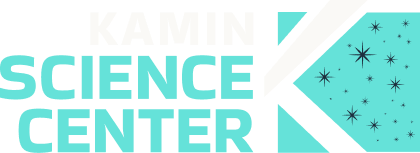Saturn-Neptune close approach 5:45 a.m. June 18
June 17, 2025
Julie Silverman, Carnegie Science Center
Moon (left), Saturn (center), Color Enhanced Neptune (right).
Credit: NASA Goddard/JPL/STScI
Welcome summer! On Friday June 20 at 10:42 p.m. EDT, the sun will reach its northern-most point in the sky. The Northern Hemisphere will experience the longest hours of daylight and shortest hours of night. On this moment when the sun appears to “stand still,” the translation of Sol-Stice, we celebrate the astronomical first day of summer. From the June solstice on, daylight will decrease by degrees as Earth continues its path around the sun. The 23.5 degree tilt of our planet gives us our seasons. If summer gives you a reason to fire up the grill, you’ll be joining in the time-honored traditions of solstice bonfires, a ritual dating back to the Middle Ages. Fires were intended to add strength to the sun and give hope that the growing season would be a good one.
On June 18, the waning crescent moon will be joined in the early morning hours by the planets, Saturn and Neptune, which will be remarkably close together. Visible by 2 a.m. (EDT) they will rise to an altitude of 34 degrees before fading from view as dawn brightens the sky. Neptune will only be observed with a telescope. Saturn, not yet at its brightest, will appear a dim yellow hue near the constellation Pisces. Over the summer, Saturn will gain in luminosity until its maximum gleam in September.
